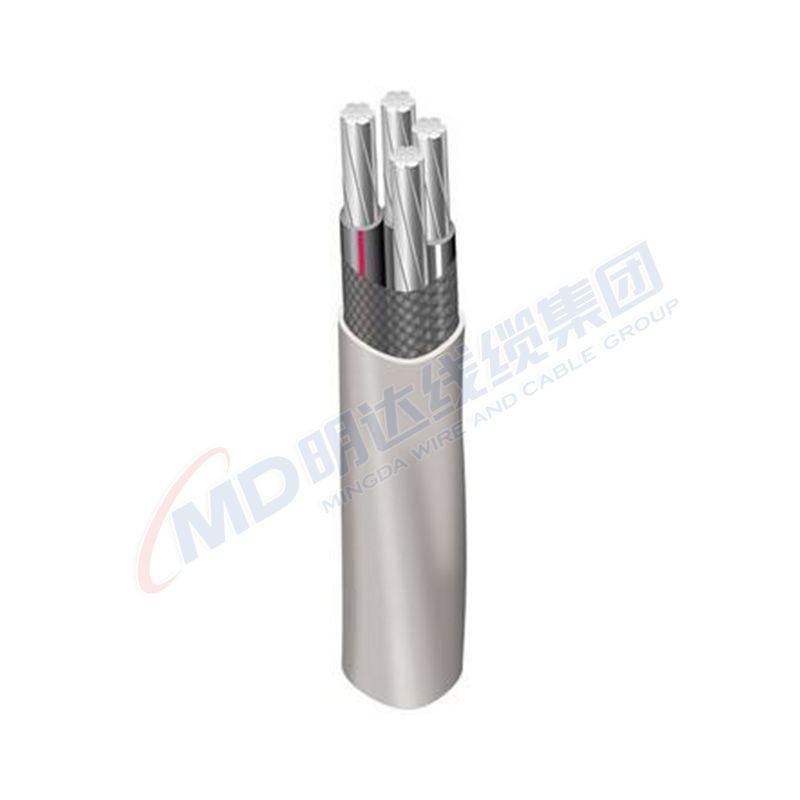டிசம்பர் . 04, 2024 01:18 Back to list
Understanding the Functionality of Three-Way Air Control Valves in Pneumatic Systems
Understanding Three-Way Air Valves A Comprehensive Overview
Three-way air valves are vital components in various fluid control systems, particularly in industrial applications. They play a crucial role in regulating airflow and directing it towards different pathways, thereby ensuring the efficient operation of pneumatic systems. This article aims to provide an in-depth understanding of three-way air valves, including their types, working principles, applications, and benefits.
What Is a Three-Way Air Valve?
A three-way air valve is a device that has three ports for controlling the flow of air or gas. Typically, these ports are designated as the inlet port, outlet port A, and outlet port B. The primary function of a three-way air valve is to either allow air to flow from the inlet to one of the two outlets or to block it, depending on the valve's position. This flexibility makes them essential in applications where directional control of airflow is crucial.
Types of Three-Way Air Valves
There are several types of three-way air valves, each designed for different operational needs
1. Normally Closed (NC) Valves In this configuration, the valve remains closed until activated. This ensures that airflow is blocked unless specific conditions are met, providing safety and control in systems that require a non-flow state during inactivity.
2. Normally Open (NO) Valves Conversely, normally open valves allow continuous airflow until they are actuated to close. They are often employed in systems where constant air supply is necessary until a signal to stop is received.
3. Double-acting Valves These valves can direct airflow to either of the two outlets based on the actuation method. They are commonly used in applications where control and responsiveness are critical.
Working Principle
The operation of a three-way air valve is relatively straightforward. The valve consists of a movable mechanism, such as a spool or a diaphragm, which shifts positions based on the actuation force applied, typically from a pneumatic or electrical source.
- In the case of pneumatic actuation, compressed air is used to move the spool, opening or closing ports as required. - Electric actuation, often via solenoids, uses electrical signals to alter the valve’s position.
This mechanism allows for quick and precise control of airflow direction, enabling seamless integration into automated systems.
Applications
three way air valve

Three-way air valves find extensive applications across various industries
- Automation and Robotics They are commonly used in robotic systems where precise movement and control of actuators are necessary for tasks such as assembling and material handling.
- HVAC Systems In heating, ventilation, and air conditioning systems, three-way air valves help control the flow of air to maintain desired indoor climates efficiently.
- Process Industries Industries such as food and beverage, pharmaceuticals, and chemical manufacturing utilize these valves for precise control of air and gas in processing and packaging operations.
- Pneumatic Tools Many pneumatic tools and machinery rely on three-way air valves for their functioning, enabling better control of tool operation.
Benefits of Using Three-Way Air Valves
The implementation of three-way air valves in systems offers multiple advantages
- Efficiency They allow for quick direction changes in airflow, enhancing overall system performance.
- Versatility With different configurations and options, they can be tailored to fit a wide range of applications.
- Space-Saving Design Combining multiple functions into a single device minimizes the need for additional components, simplifying the design and reducing space requirements.
- Increased Control These valves provide precise control of airflows, improving operational accuracy and responsiveness in automated systems.
Conclusion
Three-way air valves are indispensable elements in various industrial applications, enabling effective airflow management and enhancing the overall efficiency of pneumatic systems. Understanding their types, working principles, and applications is crucial for anyone involved in fluid control systems, as it allows for better design choices and operational strategies. With continuous advancements in technology, the role of three-way air valves will likely expand, further solidifying their importance in modern engineering and manufacturing processes.
Share
-
Priming a Pump with a Foot Valve with StrainerNewsAug.23,2025
-
The Importance of a Y Strainer in Pump ProtectionNewsAug.23,2025
-
Stainless Steel Ball Check Valve for High-Purity ApplicationsNewsAug.23,2025
-
Common Applications for Wafer Type Butterfly ValvesNewsAug.23,2025
-
Seat Options for a 12 Inch Knife Gate ValveNewsAug.23,2025
-
The Lifespan of a Typical Dismantling JointNewsAug.23,2025


